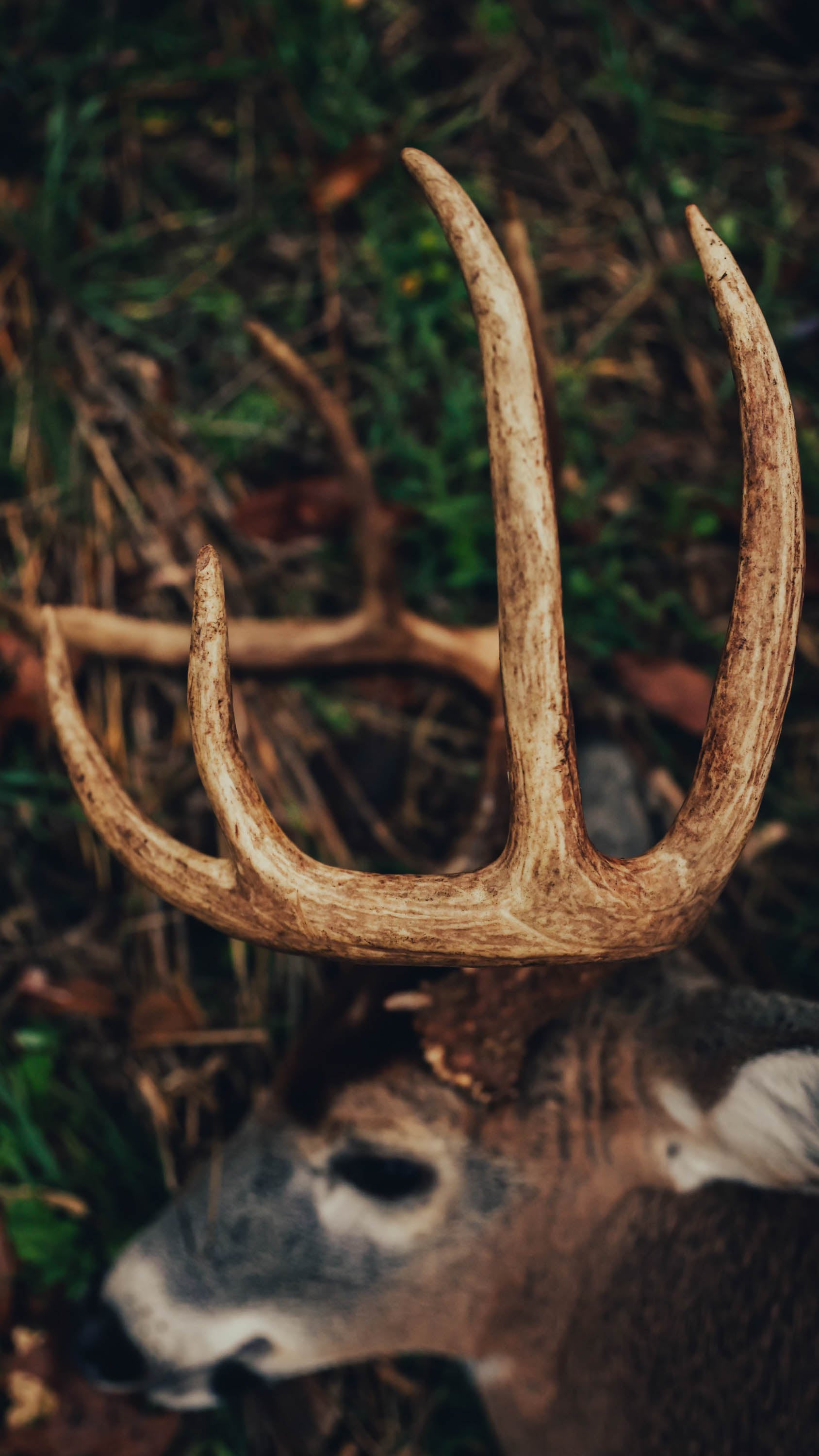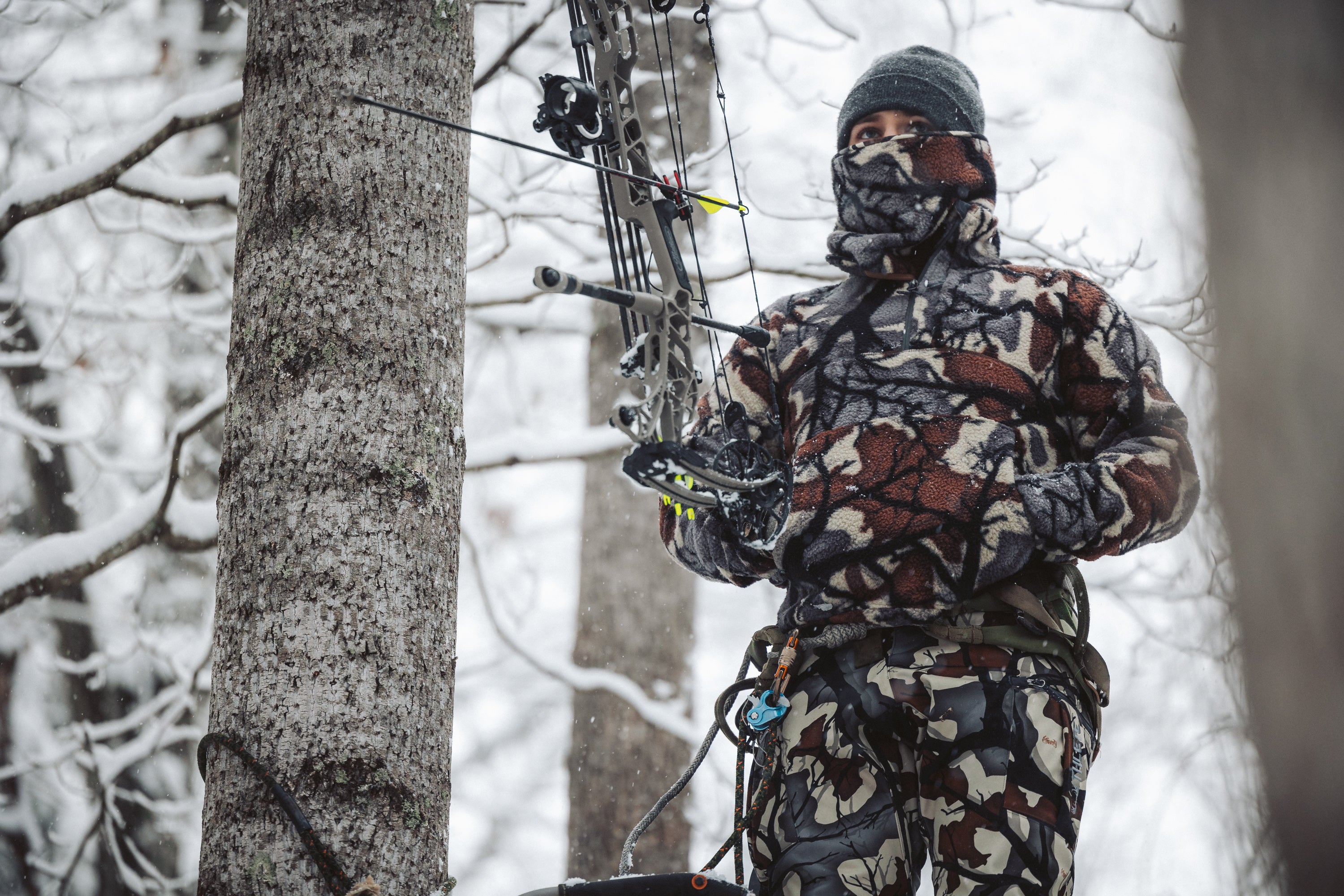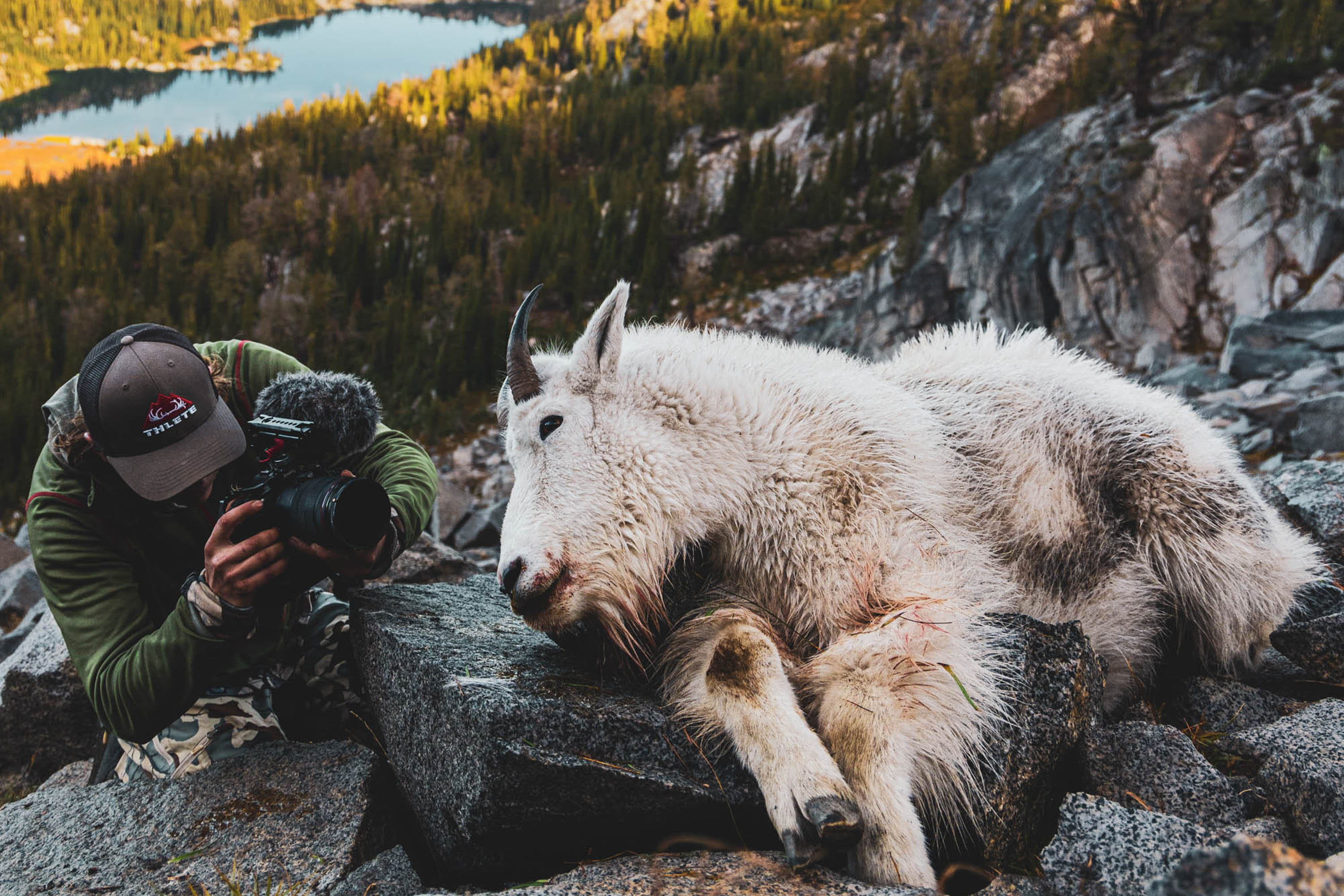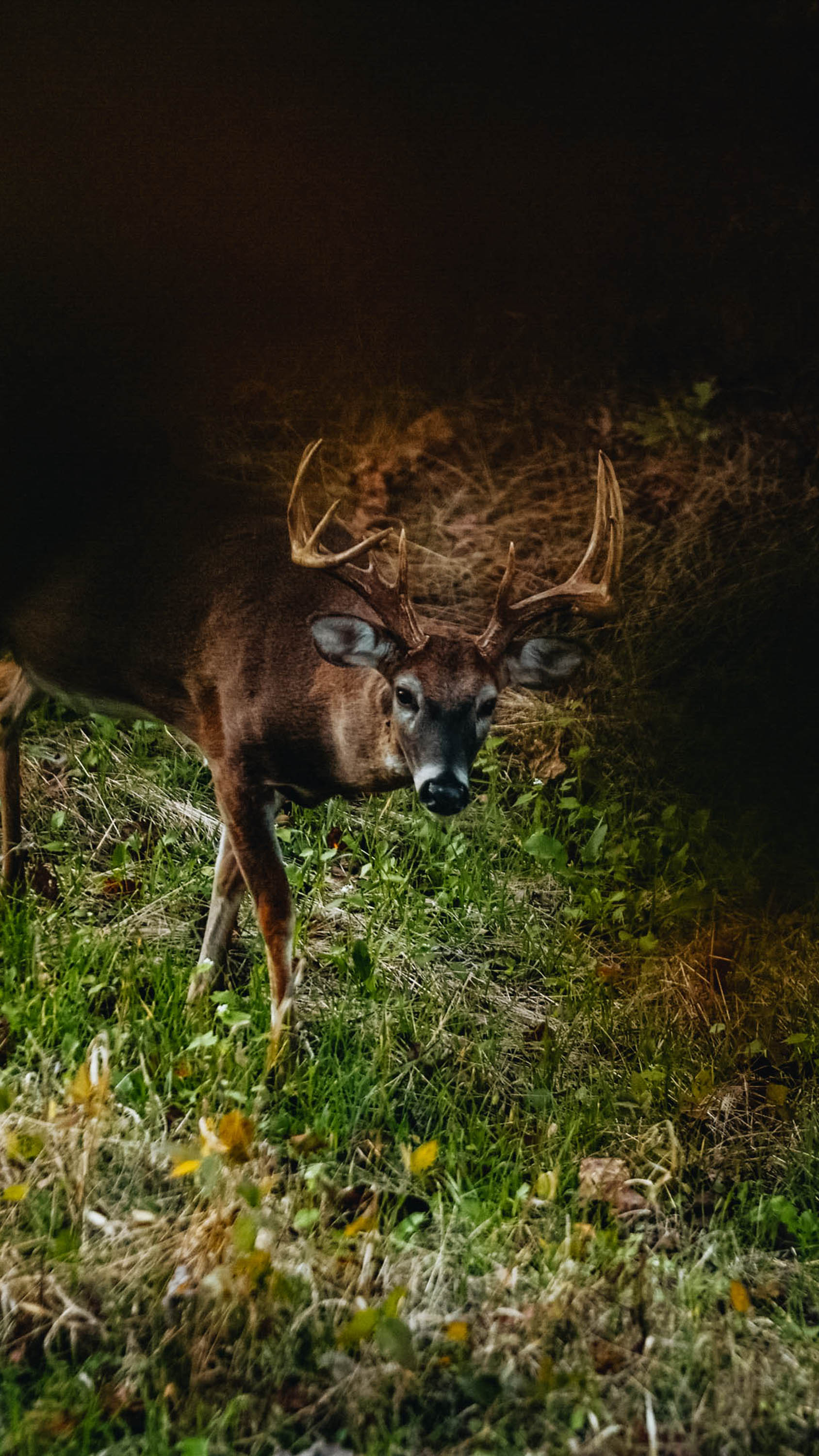
Bedding Areas - When to hunt?
When to Hunt Bedding Areas for Mature Bucks
Knowing when to hunt bedding areas for mature bucks is crucial for increasing your chances of success in deer hunting. While the specific timing may vary based on factors such as the season and deer behavior, there are some key considerations to keep in mind.
Scouting is a fundamental aspect when determining the optimal time to hunt bedding areas. Spending time observing and studying the habits and movements of mature deer on a particular piece of land can provide valuable insights. Understanding how deer use specific bedding areas throughout the year is essential. It's important to note that bedding locations may change as the season progresses.
Early in the season, a cautious approach is recommended. Instead of directly entering bedding areas, hunting the fringes allows for observation without disturbing the deer. This strategy enables you to gather information and assess deer movement without causing undue disturbance. However, it's crucial to plan your exit strategy carefully to avoid alerting deer to your presence.
Moving in on bedded bucks requires a solid understanding of deer behavior and movement patterns. Scouting and trail cameras are invaluable tools for gathering information about their routines. By identifying access trails and bedding areas, you can plan strategic hunts. However, it's essential to avoid entering the actual bedding area, as it serves as the deer's sanctuary. Hunting the edges of bedding areas can provide opportunities to encounter mature bucks.
Stand placement plays a critical role in hunting bedding areas. Positioning your stand to keep your scent undetected by deer is crucial. Crop fields are often higher than the surrounding terrain, causing thermal currents to pull your scent downhill as the sun sets. Placing your stand on the low side of the trail can help minimize the risk of deer detecting human scent.
Carefully planning your access and exit routes is essential to avoid alerting deer. Studying topographical maps can help you identify the best paths for stealthy entry and exit. Having a well-thought-out exit strategy is equally important to prevent disturbing deer as they enter the field to feed.
Understanding thermal currents can be challenging but valuable knowledge. In hilly terrain, thermal currents can affect deer movement, and their behavior must be considered. Hunting higher elevations can help mitigate swirling currents and increase the chances of remaining undetected.
Favorable wind conditions are crucial when hunting bedding areas. Hunting with the wind in your favor is essential to minimize the risk of deer scenting you. If the wind is not ideal or consistent, it's best to avoid hunting risky stand locations.
Confidence in your hunting skills and knowledge of deer movement is paramount. Creating a solid game plan based on scouting data, topographic maps, and firsthand experience builds confidence in accessing and leaving bedding areas undetected. In areas with high-density deer populations, careful entry and exit strategies are particularly important.
Weather conditions can also influence deer activity. Cold fronts and temperature drops can trigger increased deer movement. Timing your hunts around weather changes can provide advantageous hunting opportunities.
Observing deer patterns through scouting and firsthand experience is vital. While trail cameras provide valuable information, being physically present allows for a broader understanding of deer behavior. Glassing fields from a distance can offer insights into their usage patterns.
When determining when to hunt bedding areas for mature bucks, it's crucial to base your decisions on careful assessment and solid information. By considering factors such as scouting data, wind direction, thermal currents, and weather conditions, you can increase your chances of success when targeting bedding areas for mature bucks.




